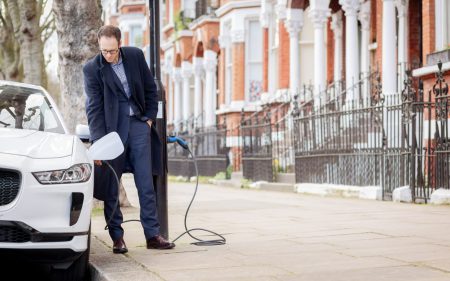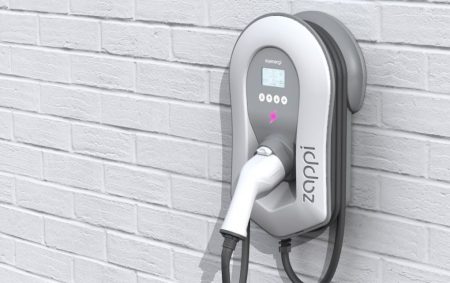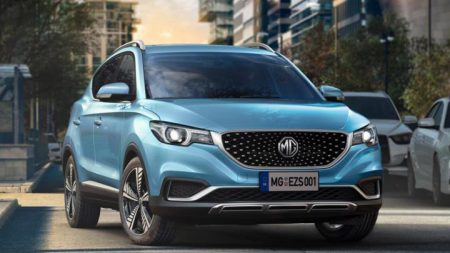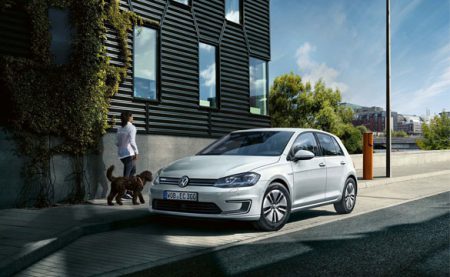The elimination of Benefit In Kind tax for company car drivers using an electric vehicle has since April driven a boom in EV leasing, according to Octopus Electric Vehicles
New company car tax breaks appear to be boosting electric vehicles (EVs) uptake, with the number of drivers opting to lease an EV almost doubling since the incentives were brought in earlier this year, new analysis today indicates.
Since April, company car drivers opting for an EV have been able to pay for their car via salary sacrifice completely tax-free, after the 16 per cent Benefit In Kind (BIK) tax was removed for battery car drivers.
Meanwhile, company car drivers opting for traditional fossil fuel vehicles must still pay a 27 per cent BIK tax when using salary sacrifice, which has made battery vehicles are more financially attractive, resulting in a 91 per cent surge in EV company car leasing over the past six months, according to Octopus Electric Vehicles.
Combining salary sacrifice – a scheme also used to encourage staff bicycle purchases for the commute to work – and zero per cent BIK typically cuts monthly leasing payments by 30 to 40 per cent, and up to 60 per cent for higher earners, equivalent to an average of £3,711 in some cases, the firm said.

The arrangement means a higher rate taxpayer can currently lease a Tesla Model 3 Standard Range Plus for 48 months for an average of £342 a month with zero upfront cost, including insurance, all servicing & maintenance, and even tyre replacement, it explained.. A similar combustion vehicle – an Audi A4 TFSI for example – would cost around £395 per month on a personal lease for the vehicle alone, the analysis shows.
From next April, BIK tax for EVs is set to increase to one per cent in April 2021, rising to two per cent in 2022, but woudl still be significantly lower than BIK tax for combustion cars.
Octopus Electric Vehicles CEO Fiona Howarth called the impact “staggering.”
“Changes to Benefit in Kind tax have been a financial game changer for EV leasing,” she said. “Add this to brilliant electric cars hitting the market and huge savings on running costs versus petrol cars, and EVs are a total no brainer. It’s no wonder then that we are seeing a huge boom, with the number of companies ordering EVs via our salary sacrifice scheme growing five-fold since April.”
The growth in EV leasing spurred by the tax break has contributed to an increase in total EV registrations of 157 per cent this year, against a context of declining overall car sales which have seen combustion vehicle sales slump by an average of 52 per cent. The latest figures for September show this contrast more starkly than ever, with sales of battery EVs three times higher than the previous year, while overall new car sales fell by 4.4 per cent, with 2020 experiencing the worst September in over twenty years.
Read more: BusinessGreen
It’s Time to Go Green!
If you would like to know more about Solar Panels and the PowerBanx range of home battery systems, and get a free instant quote, please complete our online form:


















